The Jaw-Dropping Discovery That Changed Everything

Picture this: archaeologists carefully brushing away 10,000 years of sediment, only to uncover a perfectly preserved saber-toothed skull staring back at them. This isn’t just another fossil find—it’s a time capsule that reveals secrets about one of the most feared predators to ever walk the Earth.
The skull, discovered in a remote cave system, shows details so pristine that researchers could examine bite marks, tooth wear patterns, and even traces of the cat’s final meal. What they found challenges everything we thought we knew about these ancient hunters.
Fangs That Could Pierce Through Bone
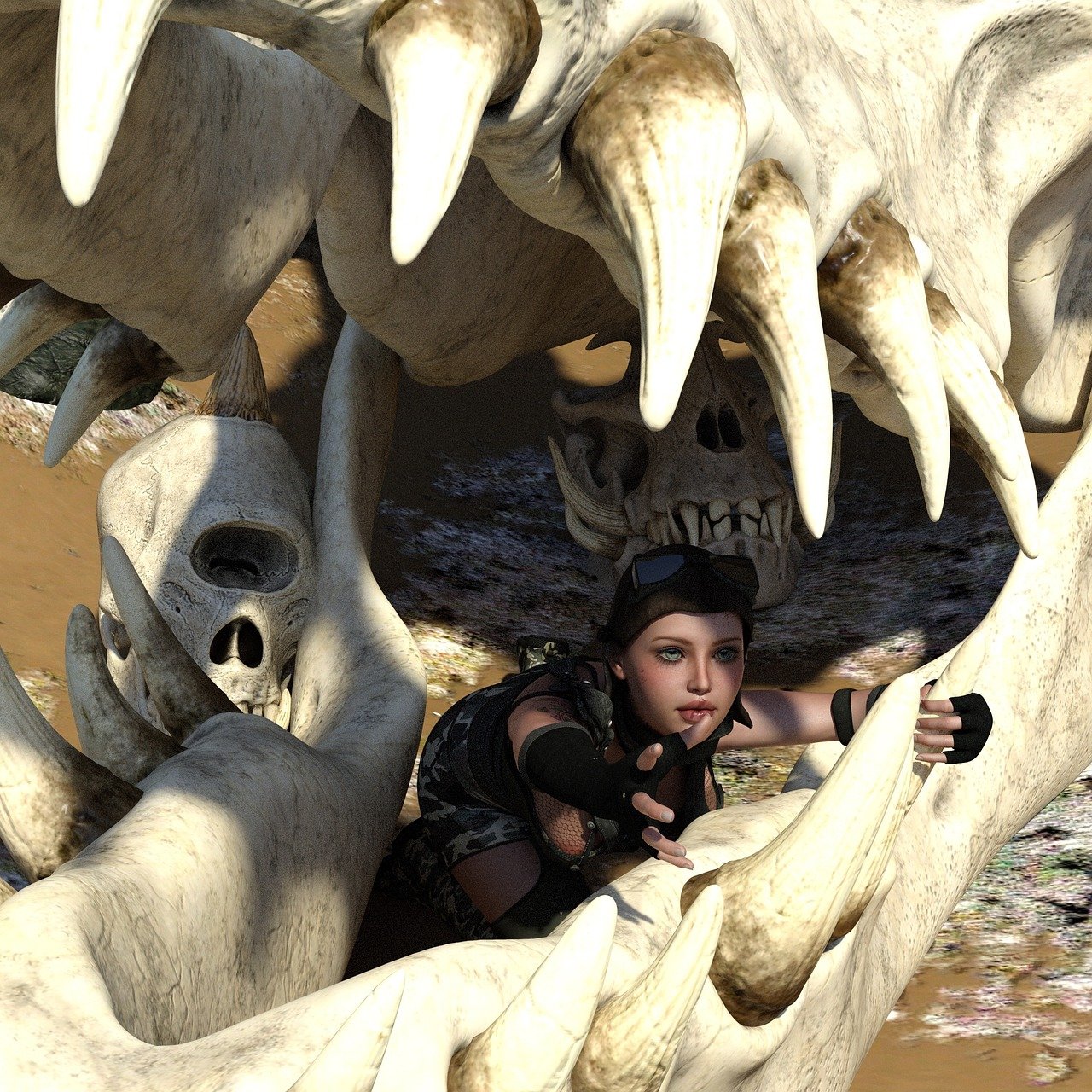
Those iconic saber teeth weren’t just for show—they were precision killing instruments. The newly discovered skull reveals that these massive canines could grow up to 7 inches long, curved like deadly daggers designed for one purpose: delivering a fatal bite to massive prey.
But here’s the surprising part: the wear patterns on this particular skull suggest the cat was incredibly careful with its weapons. Unlike modern big cats that use brute force, saber-toothed cats had to be surgical in their attacks to avoid breaking these irreplaceable teeth.
The Massive Jaw Muscles That Powered Death

The skull’s bone structure tells a story of incredible power. Attachment points for jaw muscles are nearly twice the size of modern lions, suggesting bite forces that could crush the skulls of giant ground sloths and early horses with ease.
Scientists estimate this particular cat could generate over 2,000 pounds of pressure per square inch—enough to puncture the thick hide of a mammoth. The skull’s reinforced structure shows how evolution perfectly designed these cats for taking down prey much larger than themselves.
Evidence of Pack Hunting Behavior
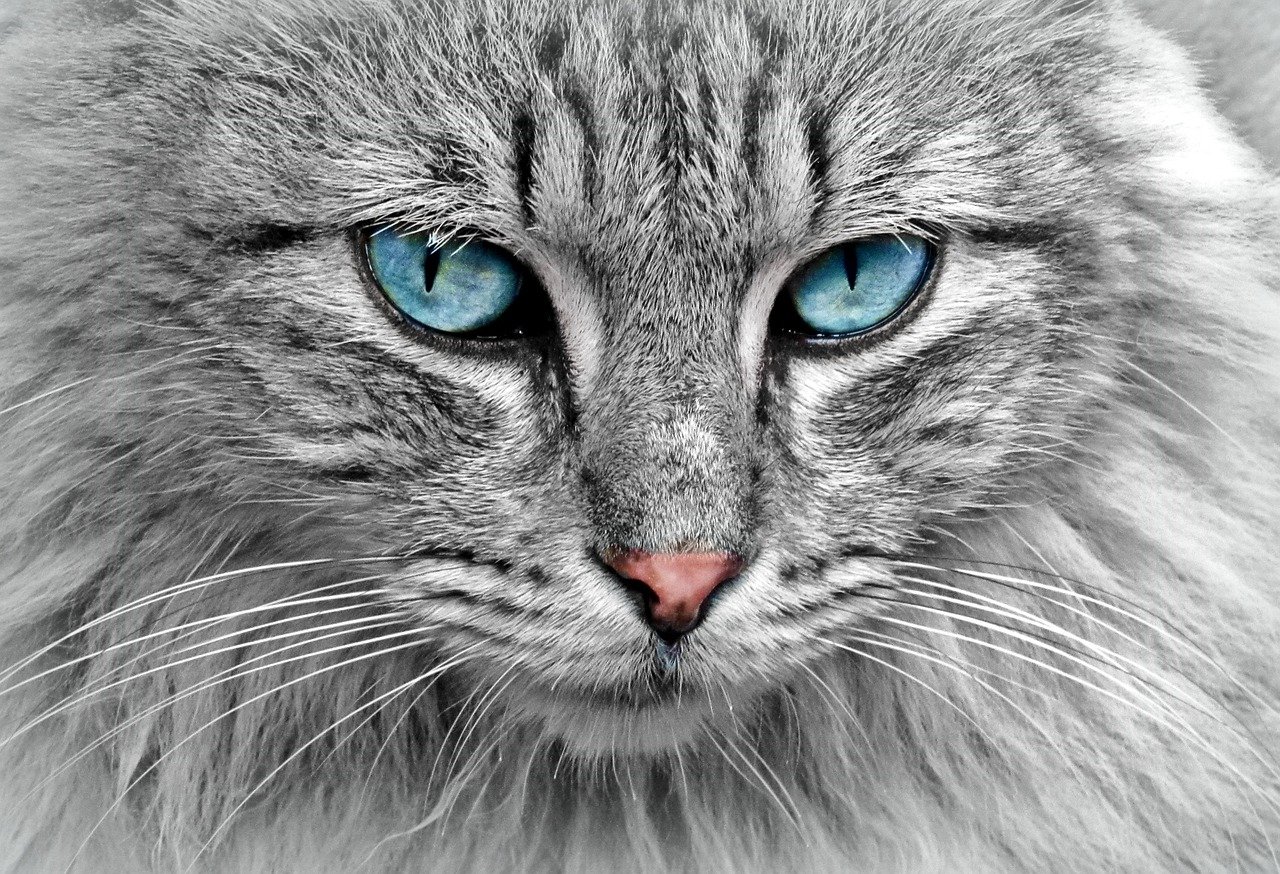
Scratch marks and fracture patterns on the skull reveal something unexpected: this saber-toothed cat likely hunted in groups. Traditional thinking painted these cats as solitary hunters, but this evidence suggests they may have worked together to bring down massive Ice Age megafauna.
The skull shows healed injuries that would have been fatal for a lone hunter, indicating other cats in the group helped care for wounded members. This social behavior mirrors modern lions more than previously thought possible.
The Last Meal Frozen in Time
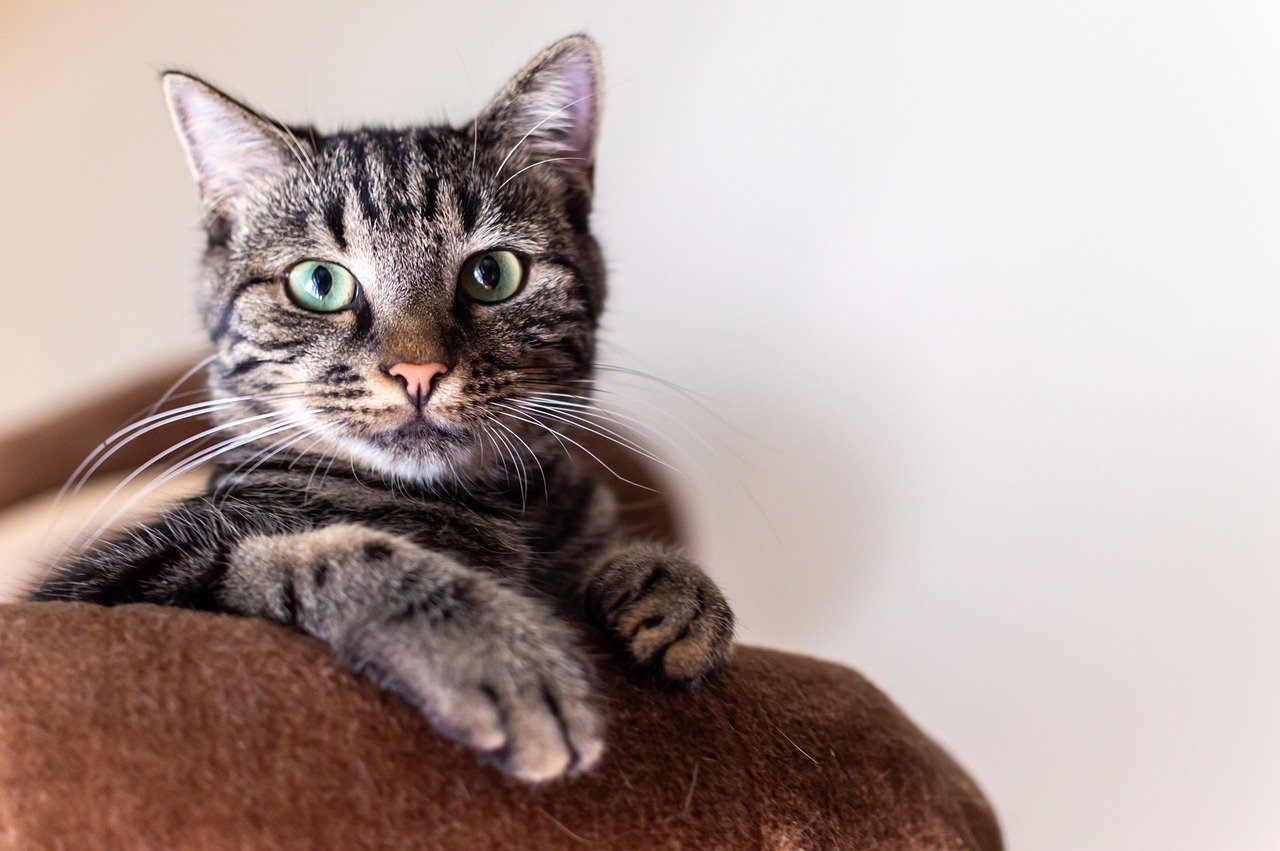
Microscopic analysis of the skull’s teeth revealed preserved plant fibers and bone fragments from the cat’s final meal. The remains suggest it had been feeding on a young mammoth, with evidence of systematic butchering that required hours of careful work.
This discovery provides the first direct evidence of saber-toothed cats’ hunting preferences and feeding behaviors. The methodical way the meat was processed shows these weren’t mindless killing machines, but intelligent predators with complex feeding strategies.
Climate Clues Hidden in Ancient Bone
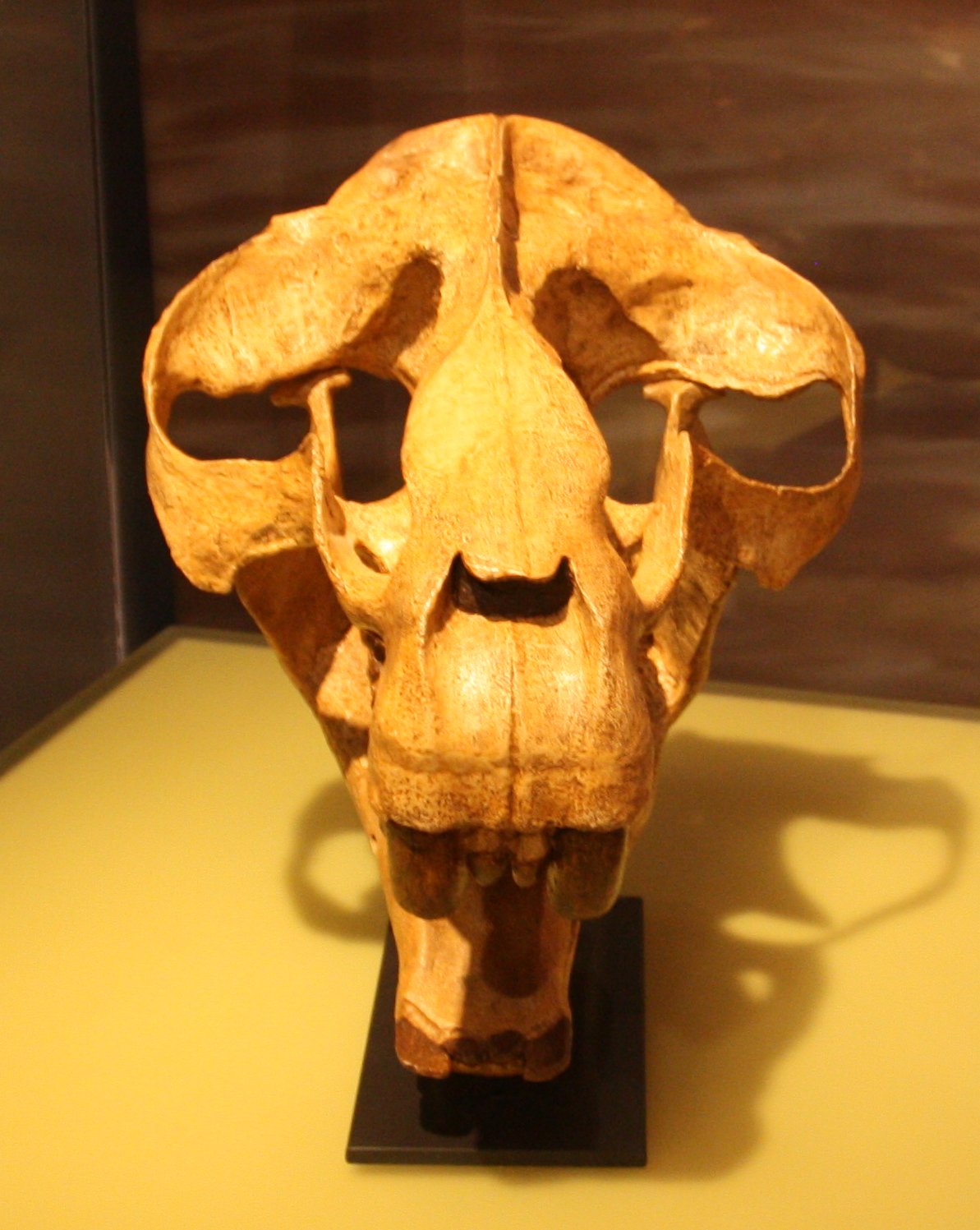
The skull’s chemical composition acts like a prehistoric weather station, revealing details about the Ice Age environment. Isotope analysis shows the cat lived during a period of dramatic climate change, when temperatures were dropping and prey animals were becoming scarce.
These environmental pressures may have contributed to the species’ eventual extinction. The skull shows signs of malnutrition in its final years, suggesting the changing climate made hunting increasingly difficult for these specialized predators.
Territorial Markings That Tell Stories

Peculiar scratches along the skull’s surface initially puzzled researchers until they realized these were territorial markings from other saber-toothed cats. The patterns suggest these cats had complex social hierarchies and established territories they defended fiercely.
The depth and frequency of these marks indicate this particular cat was likely an alpha male who engaged in numerous territorial disputes. Some scratches show evidence of healing, while others were clearly inflicted around the time of death.
The Surprising Intelligence Factor
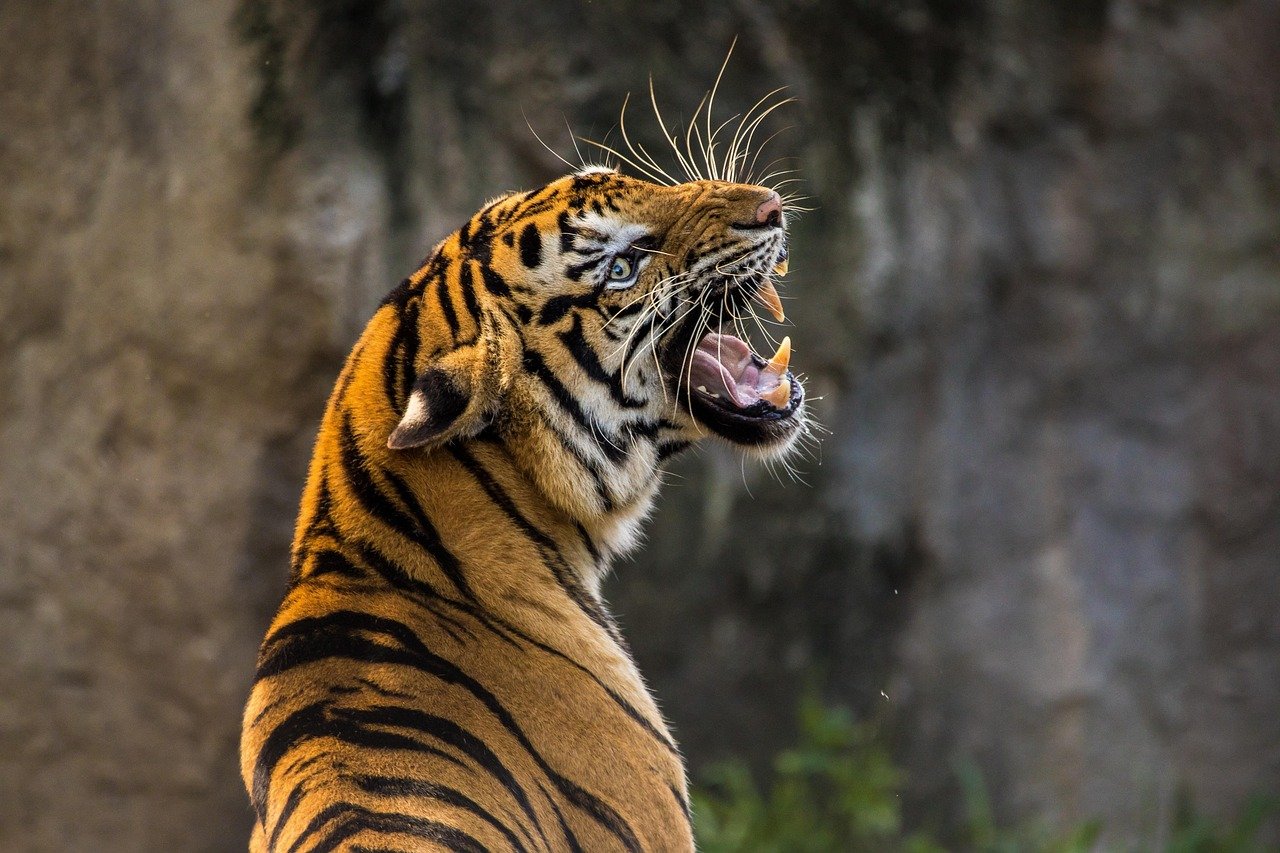
Brain cavity measurements reveal these cats possessed larger brains relative to body size than previously estimated. The skull’s cranial capacity suggests cognitive abilities comparable to modern big cats, with enhanced areas associated with spatial reasoning and pack coordination.
This intelligence would have been crucial for coordinating group hunts and navigating the complex social dynamics of pack life. The skull shows these weren’t just killing machines, but sophisticated predators capable of complex problem-solving.
Dental Mysteries That Baffle Scientists

The skull’s teeth show unusual wear patterns that don’t match any known feeding behavior. Some teeth are worn smooth while others show minimal use, suggesting these cats had specialized feeding techniques that remain a mystery.
One theory suggests they may have used their teeth in ways we haven’t considered—possibly for display, communication, or even tool use. The unique patterns continue to challenge our understanding of how these ancient predators lived and hunted.
Family Bonds Carved in Bone

Chemical analysis of the skull reveals this cat spent its early years in a stable family group, with evidence of shared feeding and protective behaviors. The bone chemistry shows a well-nourished youth, suggesting dedicated parental care that extended well beyond typical feline behavior.
These findings paint a picture of strong family bonds and cooperative child-rearing that challenges the traditional view of these cats as purely solitary creatures. The skull represents not just an individual, but a glimpse into complex family structures.
Battle Scars That Reveal Epic Conflicts

The skull bears the marks of numerous battles, with healed fractures and puncture wounds that tell stories of epic confrontations. One particularly dramatic injury shows evidence of a fight with another large predator, possibly a cave bear or rival saber-tooth.
The fact that this cat survived such severe injuries speaks to both its resilience and the care it received from its pack. The healing patterns suggest months of recovery time, during which the cat would have been dependent on group support.
The Extinction Clock Ticking

Dating techniques place this skull at roughly 10,000 years old—making it one of the last of its kind. The timing coincides with the end of the last Ice Age, when rising temperatures and changing ecosystems spelled doom for many megafauna species.
The skull’s condition suggests this cat lived during the species’ final desperate years, when climate change and human expansion were rapidly shrinking their habitat. It represents not just an individual life, but the end of an evolutionary lineage millions of years in the making.
Modern DNA Hidden in Ancient Bone

Incredibly, researchers successfully extracted DNA fragments from the skull, providing the first genetic insights into saber-toothed cat relationships with modern felines. The genetic analysis reveals these cats were more closely related to modern house cats than to lions or tigers.
This genetic connection helps explain some of the behavioral similarities between ancient saber-toothed cats and today’s domestic cats. The skull’s DNA continues to yield new discoveries about feline evolution and the complex relationships between extinct and living species.
The Predator That Shaped an Ecosystem

Evidence from the skull and surrounding sediment layers shows how these apex predators influenced their entire ecosystem. Their hunting patterns helped control herbivore populations, which in turn affected vegetation growth and landscape development.
The loss of these predators created ecological ripple effects that can still be seen today. The skull represents not just an extinct species, but a keystone predator whose disappearance fundamentally altered the natural world.
What This Ancient Skull Means for Today
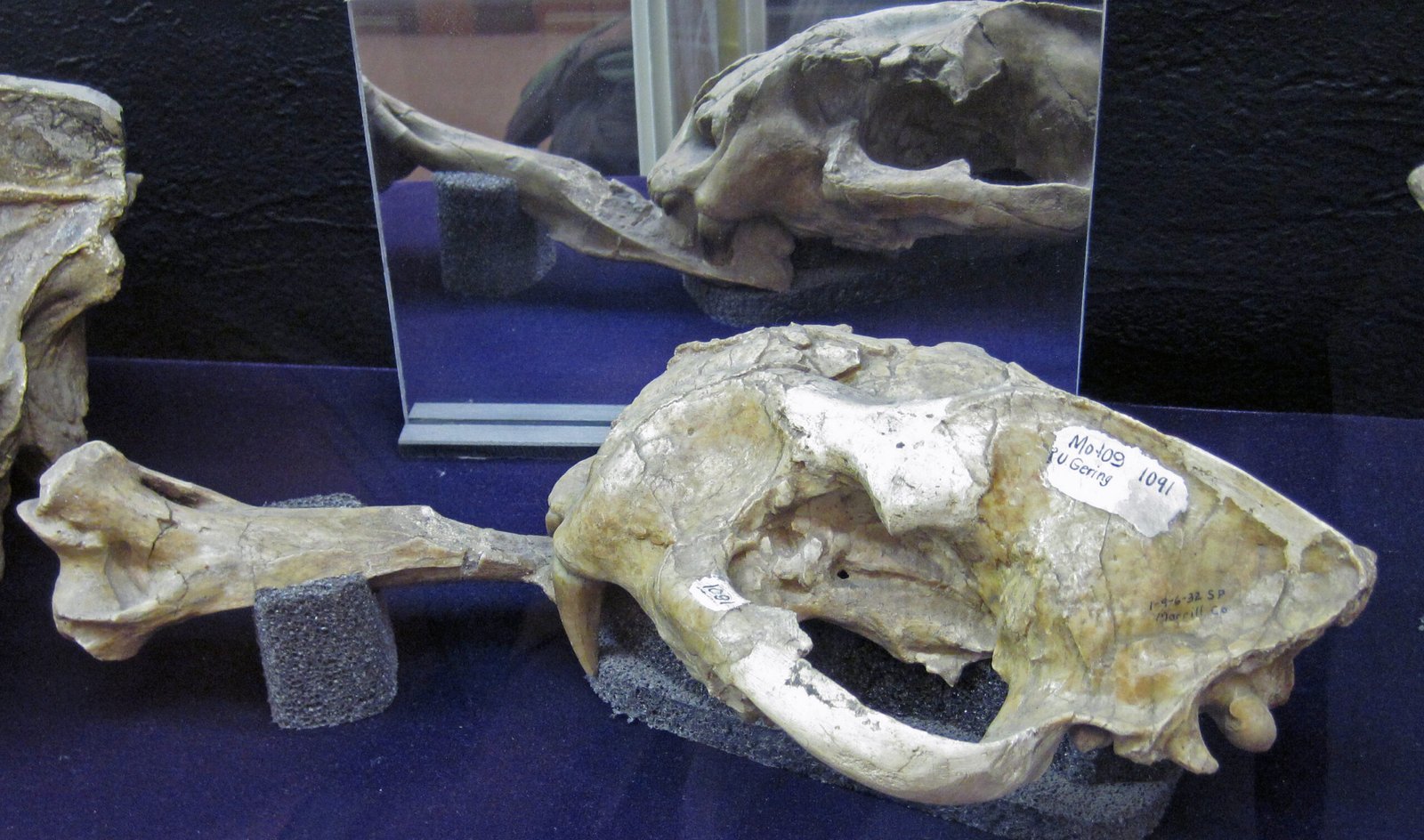
This remarkable discovery reminds us that even the most powerful predators can vanish when their world changes too quickly. The skull serves as a warning about the fragility of apex predators and the importance of protecting the ecosystems they depend on.
As we face our own climate crisis, the lessons from this 10,000-year-old skull become more relevant than ever. The story it tells about adaptation, survival, and ultimate extinction offers crucial insights for conservation efforts protecting today’s endangered big cats.
Looking at this ancient predator’s remains, we’re forced to confront an uncomfortable truth: even the most perfectly adapted hunters can become victims of environmental change. What lessons might future archaeologists learn from the bones we leave behind?
Hi, I’m Bola, a passionate writer and creative strategist with a knack for crafting compelling content that educates, inspires, and connects. Over the years, I’ve honed my skills across various writing fields, including content creation, copywriting, online course development, and video scriptwriting.
When I’m not at my desk, you’ll find me exploring new ideas, reading books, or brainstorming creative ways to solve challenges. I believe that words have the power to transform, and I’m here to help you leverage that power for success.
Thanks for stopping by, Keep coming to this website to checkout new articles form me. You’d always love it!






